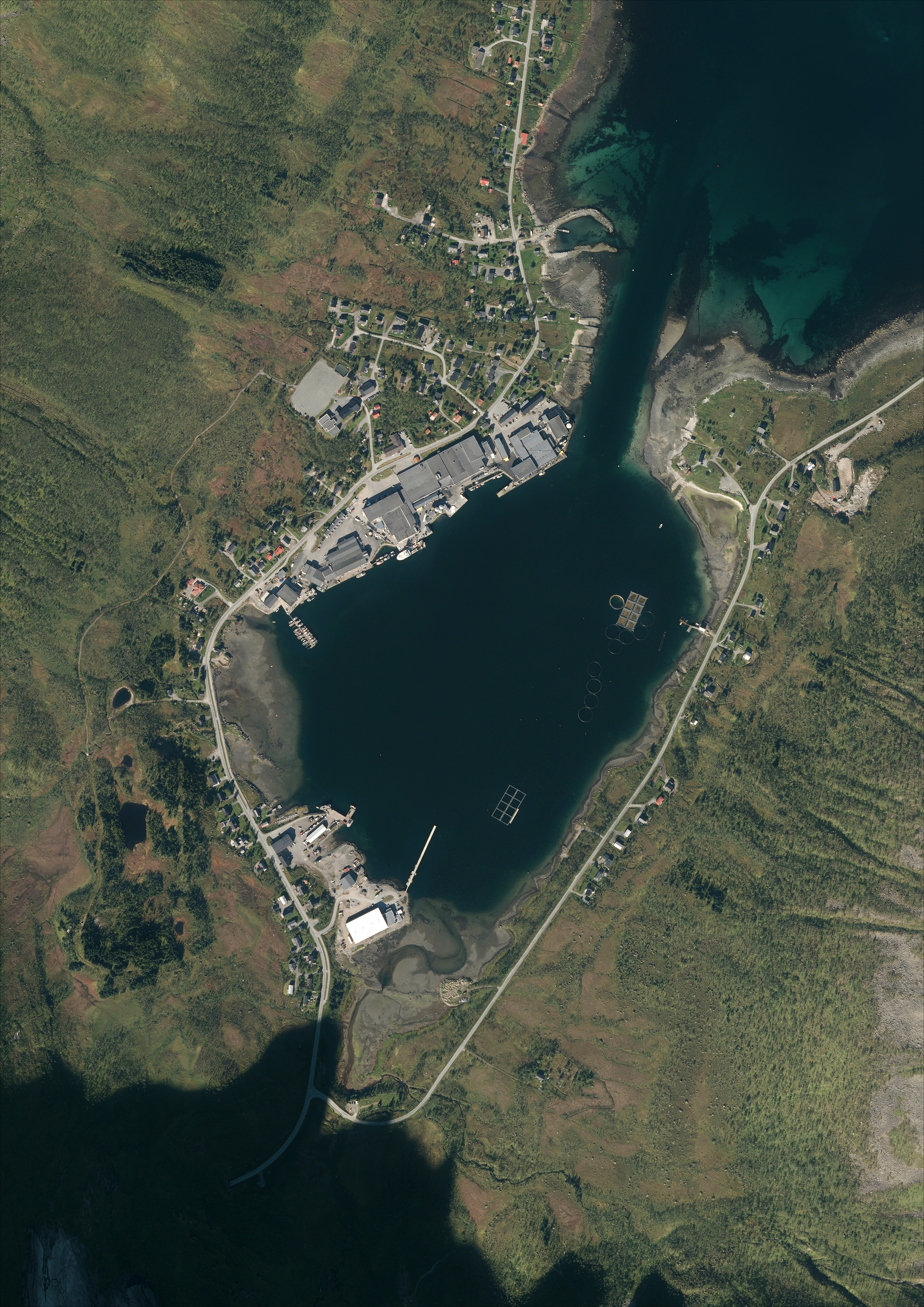NORTH ATLANTIC COD FISHERIES
Cod fisheries were constitutional for the North Norwegian coastal settlements over the last millennium.![]() cod – tørrfisk made from skrei – was the first Norwegian international commodity and became a part of European trade in the Middle Ages. The reliable trade connections in turn allowed for the creation of specialized settlements – fishing villages – along the North Atlantic Coast, the access to fishing waters being decisive for the location of the settlements. The
cod – tørrfisk made from skrei – was the first Norwegian international commodity and became a part of European trade in the Middle Ages. The reliable trade connections in turn allowed for the creation of specialized settlements – fishing villages – along the North Atlantic Coast, the access to fishing waters being decisive for the location of the settlements. The ![]() might be looked upon as the imprints of the fisheries on land.
might be looked upon as the imprints of the fisheries on land.
Core area
The combined area of Lofoten, Vesterålen and Senja make up the![]() for the winter-fisheries of skrei, the Atlantic Cod. Driven by instinct, great multitudes return from the depths of the Barents Sea to their spawning grounds off the coast of Norway, the main areas to be found in Vestfjorden south of Lofoten. The cod follows the Egga slope, where the relatively shallow waters along the coast, breaks steeply into the deep Atlantic Ocean and the warm Gulf Stream currents are filled with nutrition. The fishing villages of Lofoten are close to the spawning grounds, and the fishing villages of Vesterålen have a
for the winter-fisheries of skrei, the Atlantic Cod. Driven by instinct, great multitudes return from the depths of the Barents Sea to their spawning grounds off the coast of Norway, the main areas to be found in Vestfjorden south of Lofoten. The cod follows the Egga slope, where the relatively shallow waters along the coast, breaks steeply into the deep Atlantic Ocean and the warm Gulf Stream currents are filled with nutrition. The fishing villages of Lofoten are close to the spawning grounds, and the fishing villages of Vesterålen have a ![]() along Egga. In the villages and harbors in Senja the boats mostly have to travel further, but their fishing grounds are abundant and generous. The combination of the distance to Egga, the quality of the harbor and, historically, the access to agricultural resources, have been the constituting elements for the
along Egga. In the villages and harbors in Senja the boats mostly have to travel further, but their fishing grounds are abundant and generous. The combination of the distance to Egga, the quality of the harbor and, historically, the access to agricultural resources, have been the constituting elements for the ![]()
Cod fisheries were constitutional for the North Norwegian coastal settlements over the last millennium.
Hanged and dried

fishing villages

Core area
The combined area of Lofoten, Vesterålen and Senja make up the

close proximity to the fishing grounds

settlement pattern.

The villages
The fishing village as a settlement form was established along the coast from Møre in Western Norway to Finnmark in the very north. The fishing villages' physical organization and architecture are typified by the The![]()
The fishing village as a settlement form was established along the coast from Møre in Western Norway to Finnmark in the very north. The fishing villages' physical organization and architecture are typified by the The
encounter between sea and land.


Historically, the villages may be divided into two different archetypes in terms of program; rorvær - seasonal fishing villages and fiskerlandsbyer - fishing hamlets with a year round population, specialized in fisheries but also dependent on local agricultural resources. These settlements are expressions of how fishing culture adapted and show differences in terms of localization, historical background and architecture.
Continue